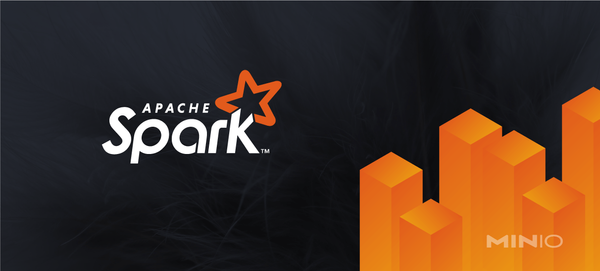Demystifying Amazon S3 Tables: Why AIStor Makes Special Buckets Unnecessary

AWS recently unveiled Amazon S3 Tables, claiming to optimize Iceberg analytics on S3. Yet, these "special buckets" mainly fix AWS's own limits—like request caps—not universal object storage issues. With AIStor, you get unmatched performance, no vendor lock-in, and no extra costs for table maintance.
Read more
















